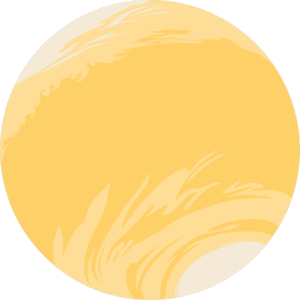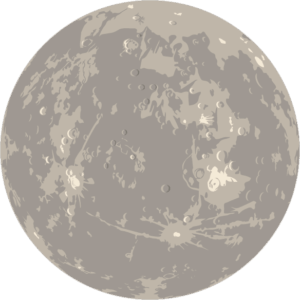The Downlink • Oct 08, 2021
Some good old-fashioned space mysteries
Space Snapshot

BepiColombo beamed back hauntingly beautiful images from its first Mercury flyby last week. On Friday, October 1, the spacecraft slingshotted its way around the rocky planet, reaching 200 kilometers (about 124 miles) in altitude at its closest approach. The joint mission between ESA and JAXA will perform five more Mercury flybys to slow down before releasing two probes into the planet’s orbit in 2025. Image credit: ESA/BepiColombo/MTM.
You love space, now take action
This weekly newsletter is your toolkit to learn more about space, share information with your friends and family, and take direct action to support exploration. Anyone can subscribe at planetary.org/connect to receive it as a weekly email.
Mission Briefings


Lucy is almost ready to launch. NASA’s Kennedy Space Center recently shared this picture of the spacecraft showing Lucy with its enormous payload fairing. The payload fairing will shield Lucy during takeoff so it can safely make its way to the Trojan Asteroids beyond Jupiter’s orbit. We’ll be streaming Lucy’s launch on October 16, so be sure to tune in. Image credit: NASA/Ben Smegelsky.

The UAE has announced a new mission to the asteroid belt. The United Arab Emirates Space Agency said the mission will launch in 2028 to explore the asteroid belt between Mars and Jupiter, eventually landing a spacecraft on an asteroid in 2033. The spacecraft will first perform gravity assists around Venus and Earth to meet its target; more details on science goals are expected to be announced in 2022.
From The Planetary Society


Jupiter’s Great Red Spot is iconic, but what do we really know about it? Surprisingly, scientists are still seeking answers about how it works, how it’s changing, and even why it’s red. The latest article from Planetary Society editor Rae Paoletta explores the mysteries surrounding the famous planetary feature. Pictured: Jupiter and its Great Red Spot imaged by NASA's Juno spacecraft in 2018. Image credit: NASA et al.

If you get all the way to a distant world and orbit it, why not land? This question about NASA’s Dawn mission to the dwarf planet Ceres came up enough that Planetary Radio host Mat Kaplan brought it to Marc Rayman, Dawn chief engineer and mission director. Hear his answers in this week’s episode. Plus, catch the latest Planetary Radio: Space Policy Edition to hear about how the U.S. Congress’ current logjam of legislation could impact or delay NASA policymaking.

World Space Week is almost over, but it’s never too late to share space with the young people in your life. With the theme of Women in Space, we partnered with the SETI Institute and Unistellar to share tons of great resources to engage girls in the adventure of space. These activities, contests, and tools are appropriate for all ages and genders, so check them out and share them with anyone you know who wants to get into the excitement of space!
What's Up

Venus is super-bright in the west after sunset. In the east, look for Jupiter shining just as bright, with yellowish Saturn to its right. Learn more at planetary.org/night-sky.
Wow of the Week

This oil painting from Planetary Society member Jackie Kingon, titled “Planetary Symphony,” captures the beauty of space’s many mysteries. As science illuminates new things about the cosmos, it sheds light on even more questions yet to be answered. Image credit: Jackie Kingon.
We love to feature space artwork in the Downlink. If you create any kind of space-related art, we invite you to send it to us by replying to any Downlink email or writing to [email protected]. Please let us know in your email if you’re a Planetary Society member!


 Explore Worlds
Explore Worlds Find Life
Find Life Defend Earth
Defend Earth


